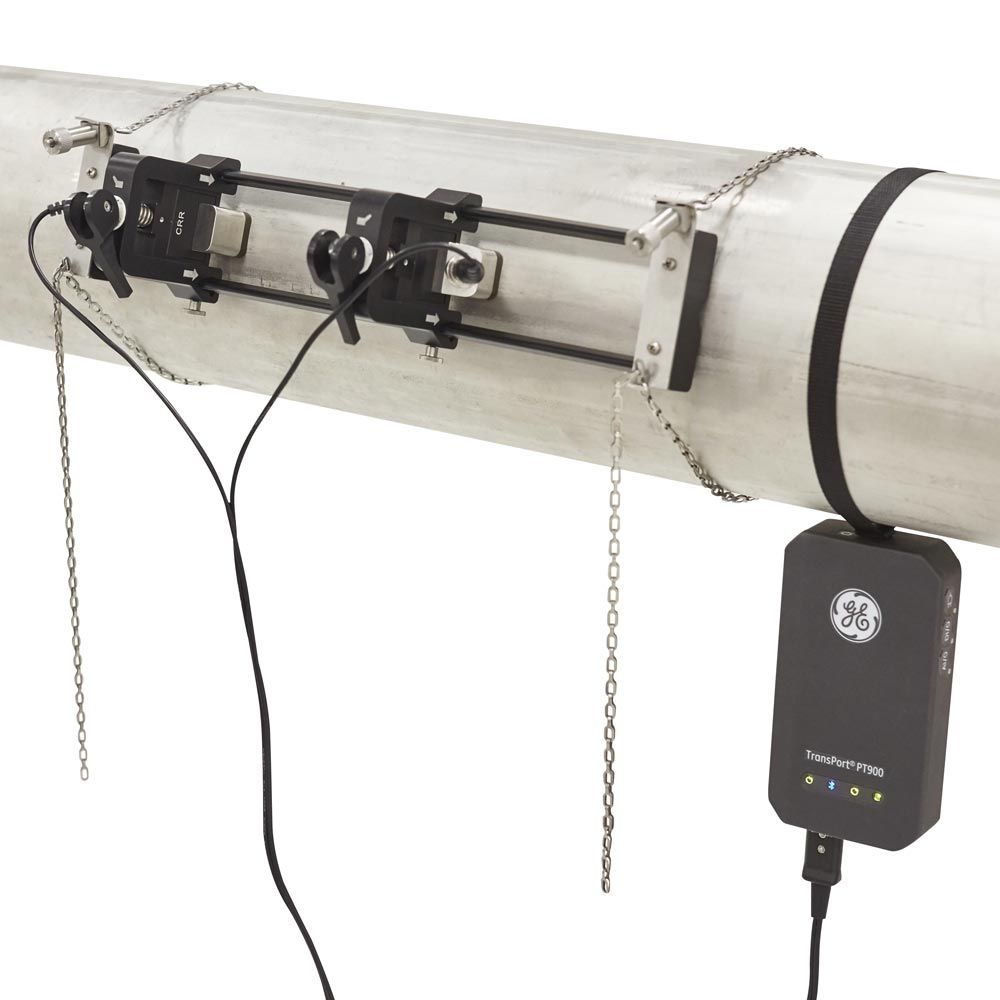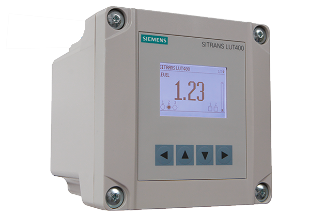What are effluent flow meters?
Effluent flow meters are designed to accurately measure the rate of flow of wastewater within a particular operating environment. Most UK businesses subject to consent to discharge permit requirements will be required to record and submit the volume and quality of the wastewater they are producing – and will require a wastewater flow meter of some description for this purpose.
There are various types of meter available, covering both open and closed channel and clean or dirty water. If the responsibility for effluent flow measurement is yours, then it is important that you understand why certain flow meters should be used in particular conditions.
This guide to types of flow meters explains the different types of effluent flow meters that are available and what to consider when both selecting and maintaining your flow measurement solution.
Types of flow meter
Effluent flow meters are typically split for suitability for either open channels or closed pipes.
Open Channel Flow Meters
Within open channel flow, the top surface of the water is usually open to the atmosphere. Examples of open flow are streams, flumes, rivers, drains and ditches. The flow can be steady or unsteady.
The flow in open channels typically occurs due to gravity, and the maximum velocity occurs a short distance below the water surface, with the HGL (Hydraulic Grade Line) coinciding with the water surface line. A cross section of an open channel will usually be triangular, rectangular, circular or trapezoidal and factors influencing flow in open channels include channel shape, fluid velocity and depth and the slope of the channel.
1. Open Channel Ultrasonic Flow Meters
Open channel ultrasonic flow meters provide a reliable and accurate method of measurement in these open conditions, used as part of an open channel flow measurement system and should be used alongside a “primary flow device” such as a flume or a weir.
The typical methodology for measuring flow in an open channel is to measure the depth of the liquid in the channel using the ultrasonic sensor while it flows through the weir or a flume, before the flow meter then uses this depth to calculate the flow rate. This method relies on the flumes or weirs being constructed and installed in a manner that ensures the water depth at the point of measurement (the gauge point) is smooth and controlled.
The ultrasonic flow meter transmits continuous high-frequency sound pulses, waiting for an “echo” to determine the exact depth of the water upstream the flume or weir.
The exact variation of formula used to then calculate the flow will differ depending on the specific primary flow device used.
Key factors:
- They are simple to clean and maintain
- They are very durable and long-lasting
- They are accurate and reliable when installed and calibrated correctly
- Easy and flexible to install and set-up
- They can be impacted by certain environmental conditions such as temperature, though sun shades should be used to mitigate this
- Correct specification, calibration and installation is essential to accuracy of data and success of this flow meter
2. Area Velocity Flow Meters
Area velocity flow meters calculate flow rate by understanding the cross section and nature of the channel in which it is measuring depth and velocity. There are two types of this flow meter: non-contact and wetted. The wetted version is often placed on the bed of a channel and has historically used the doppler effect to measure the velocity. Non-contact types are mounted above the channel and beam a radar (surface velocity only) or laser (surface and sub-surface velocities) to measure the velocity, with the depth often calculated using a look-down ultrasonic sensor. An area velocity flow meter for effluent water operates on the area x velocity method to calculate flow rate. This shift in frequency is used to provide a flow velocity measurement.
Key Factors:
- The key rationale for use of an area velocity flow meter is the speed and convenience with which it can be installed
- It is easy to install and often has no disruption to the flow
- Although they reduce the initial investment needed with traditional open channel flow system measurement, their comparable accuracy and their ability to be independently verified is still debatable. Their choice should therefore be considered carefully for long-term value for money
- Area velocity flow meters can offer a good short-term fix and are often used for surveys
Closed Pipe Flow Meters
Closed pipes, such as those used for the transportation of effluent flow, are able to use effluent flow meters which calculate flow by already understanding the cross section of the pipe being measured. This process is dependent on the pipe being fully flooded so that the “area” of the cross section being measured is known. Provided there is confidence in a fully developed flow profile, then the meter only needs to use sensors to measure velocity. However, the flow profile can be impacted by things such as bends, gates and twists in the pipe so it is essential that it is installed by a professional to ensure these are accounted for and the flow profile is known.
1. Electromagnetic Flow Meters
Designed for measuring liquid flow within an enclosed pipe, electromagnetic flow meters measure the voltage produced by a conductor (the wastewater) moving through a magnetic field. The voltage is proportional to the velocity of the conductor and can be converted to a flow rate. This calculation works on the principle of Faraday’s Law of electromagnetic conduction. Also commonly known as “magmeters”, they require a conducting fluid such (in this instance effluent) and a non-conducting pipe liner. These meters are popular and provide a highly accurate option for wastewater flow measurement and all SIRIS electromagnetic flow meters satisfy the necessary regulatory requirements.
Key factors:
- Electromagnetic flow meters can be an ideal solution where pressure loss should be avoided as they can provide an unobstructed flow path when installed
- They are a low maintenance option with no moving parts making them robust. However there should be a regular schedule of maintenance where the internal pipe bore is cleaned and inspected
- Accurate installation by qualified experts is essential for their successful use
- The meter must run full and be correctly earthed to the fluid to remove stray voltage
2. Clamp-On Ultrasonic Flow Meters
A clamp-on ultrasonic flow meter is a convenient method for flow measurement as they do not require the pipe to be opened up for their installation.
They work using the “transit time” theory, where the difference in transit time between those pulses going in the direction of flow, versus those going against the direction of flow is measured. This measurement of difference is then used to give the liquid average velocity along the path of the ultrasonic pulse. Using these transit times and knowing the area of the pipe it is possible to measure flow rate.
These units are also available for hire and can provide a temporary flow measurement solution.

Key factors:
- There main advantage is the ease of installation, as they are attached onto the outside of the pipe
- Correct installation is key to ensure there are no air gaps between the clamp and the pipe
- Where cost or time of installation for an electromagnetic flow meter is prohibitive then they provide a convenient alternative
- With no pressure drop or energy loss, a wide turn-down ratio and no need to cut the pipe or stop the flow, installation is easy and maintenance can be minimal
Why is correct installation and set-up essential?
Any consent to discharge permit will require correct installation, operation and maintenance of your flow measurement system.
Careful and knowledgeable selection of measurement system is important as each flow meter type varies in its suitability depending on:
- The nature of the liquid to be measured
- The environmental conditions
- The rate and volume of flow
- Whether the flow is open channel or an enclosed pipe
- A pumped or gravity system
- Size of pipe (for enclosed situations)
- Upstream conditions to ensure confidence in either a fully developed flow profile (closed pipe) or suitable hydraulic conditions (open channel)
- Downstream conditions to ensure no negative flow impact
Correct and regular calibration of any flow meter is fundamental to confirm accuracy of data. In an ideal world a flow meter would never be affected by the conditions in which it is installed, however aggressive environments and other factors can compromise their initial installation. There is also the chance that an old system may never have been installed properly in the first instance. Although no flow measurement system is 100% accurate, with all carrying some level of uncertainty, correct calibration and robust maintenance can ensure that this level is kept to a minimum.
If you are required to install a flow meter as part of your permit or consent to discharge then it is your responsibility to ensure its correct functioning and data accuracy. Failure to confirm this could lead to penalties and fines. It is always worth the investment in a professional and informed approach from an experienced MCERTS-qualified team to guarantee long-term value for money from your flow measurement system. Not only can they ensure correct set-up, inspection and calibration, but they can also provide also provide ongoing support and guidance for when things go wrong.
Get in touch with our expert team to discuss your flow measurement requirements.
